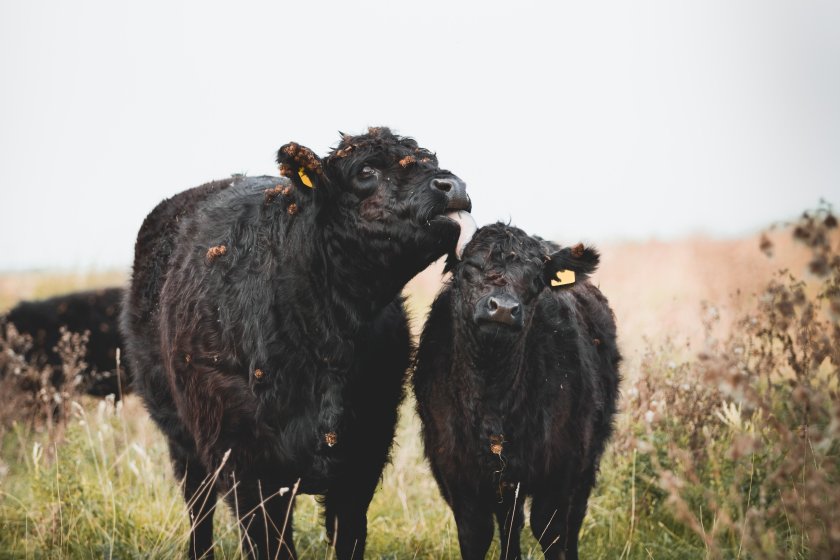
Scottish cattle numbers continue to decline following a long-term trend, with a 2.4% decrease in 2024 compared to the five year average.
A decline in numbers of calves and female beef cattle contributed to the fall, according to the latest agricultural census, published by the Scottish government.
While the total number of dairy cattle increased slightly by 0.8% to 266,000 head, beef cattle breeding herds fell by 1.1% compared to the five year average.
Scottish government analysts said: "Total cattle numbers in Scotland have been in a long-term decline since a high in 1974, when there were 2.68 million cattle.
"This trend continued in 2024, with cattle numbers falling to 1.67m, a decline of 2.4% compared with the five year average. If compared with 2023, cattle numbers decreased by 0.9%.
"Over the past decade there has been a 12% decline in the total beef breeding herd, with a total beef breeding herd of 382,600 in 2024.
"The total number of dairy cows has increased by 5.8% over the past 10 years from 169,700 in 2014 to 179,600 in 2024."
The census also shows that sheep numbers fell by 3.8% compared with the five year average, with numbers remaining in line with the long-term trend over the past 10 years.
The number of breeding ewes decreased by 3.7% to 2.45 million in 2024 when compared with the same period and the number of lambs decreased by 4.4% to 3.15 million.
And the the breeding pig herd declined by 2,500 head to just 28,600 head, the lowest number for more than a decade.
The Scottish government's Agricultural Census provides an annual update on trends in farming activity across Scotland.
It covers all main types of farming and other aspects of farming life such as the availability of labour.
